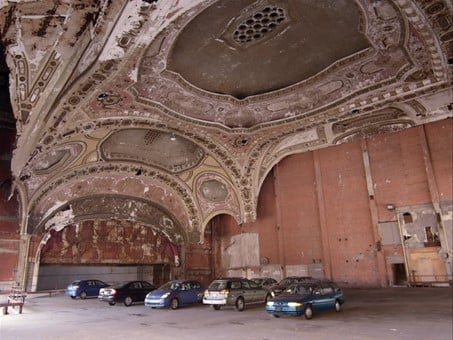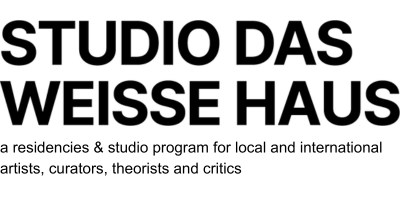Weekly Conversations… with Lisa Kortschak

This week we may introduce you to our new studio artist, who just moved into one of the studios at Untere Augartenstraße. We are looking forward to getting to know Lisa Kortschak!
Interview by Juliana Furthner
Photo: Lisa Kortschak, Detroit Overture, Filmstil
A warm welcome to you, Lisa! How have your first days at the new studio been?
As I had to finish another project, I have not been able to spend a lot of time there since I moved in at the beginning of October. But I am really looking forward to starting to work there from now on. My first impression of the studio is that it is really cozy and spacious.
On your website you are called a ‘transmedial’ artist. Could you give us a short overview of your artistic practice and what interests you most about working across different mediums?
In my work I combine video, sound, performance, documentation and installation with a main focus on the format video/film. I do not think that artistic mediums in general can be seen as enclosed ones – in my practice I try to enforce the overlapping of formats and genres, provoke a dialogue between categories and fields and thereby create moments that are between different mediums.
A characteristic that returns in a number of your works is the static camera and the so-called “Microcinema”. Can you tell us something about that approach and the idea behind it?
One of my working series consists of three shortfilms that have the same formal and content requirements: They show a specific space from one static perspective without zooming or moving the camera (format of a postcard) presenting concerts which are played by unexpected protagonists. While in OszillEntreNous a muted Bösendorfer-piano, the sounds a pianist produces while playing it and a listening audience form the essence of the show, 8 cars are giving a concert in Detroit Overture. In Liquid Sonic Palindrome an acoustic palindrome is performed by 12 swimmers.
As the image is static in all of the works, the viewers are invited to interrelate what they see to the sources of the sounds. In this way the viewers are involved in a Microcinema, which builds on the juxtaposition of silence and movement on a visual and an acoustic level. All of these films generate tension and musicality by using experimental intersection and by confronting stillness with movement in sound and image.
